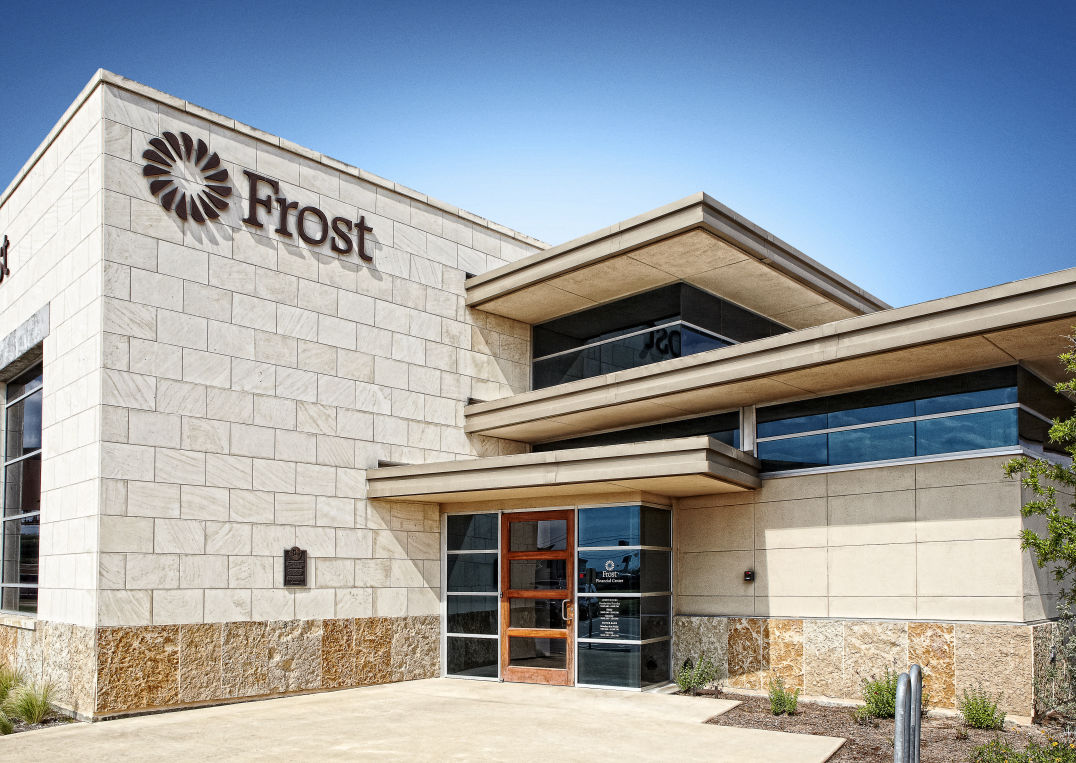
Cullen/Frost Bankers, Inc. (NYSE:CFR) has a Return on Invested Capital (ROIC) of 0.83%, significantly lower than its Weighted Average Cost of Capital (WACC) of 16.07%, indicating inefficiency in generating returns that exceed its cost of capital.
Comparatively, Community Bank System, Inc. (CBU) showcases a remarkable ROIC of 40.08% against a WACC of 8.75%, highlighting its high efficiency in capital utilization.
Other peers like Commerce Bancshares, Inc. (CBSH) and BOK Financial Corporation (BOKF) also struggle with negative ROIC values, further emphasizing the competitive challenges within the banking sector.
Cullen/Frost Bankers, Inc. (NYSE:CFR) is a financial holding company based in Texas, primarily engaged in providing a wide range of banking services. It operates through its subsidiary, Frost Bank, offering commercial and consumer banking, investment, and insurance services. In the competitive banking sector, CFR’s performance is often compared with peers like Commerce Bancshares, Inc. (CBSH), BOK Financial Corporation (BOKF), Bank of Hawaii Corporation (BOH), Prosperity Bancshares, Inc. (PB), and Community Bank System, Inc. (CBU).
In evaluating CFR’s financial efficiency, the Return on Invested Capital (ROIC) is a crucial metric. CFR’s ROIC stands at 0.83%, which is significantly lower than its Weighted Average Cost of Capital (WACC) of 16.07%. This disparity results in a ROIC to WACC ratio of 0.052, indicating that CFR is not generating returns that exceed its cost of capital. This suggests that CFR may need to reassess its capital allocation strategies to improve its financial performance.
When comparing CFR to its peers, Commerce Bancshares, Inc. (CBSH) has a negative ROIC of -0.98% against a WACC of 11.60%, resulting in a ROIC to WACC ratio of -0.084. This indicates that CBSH is also struggling to generate returns above its cost of capital. Similarly, BOK Financial Corporation (BOKF) shows a ROIC of -14.47% and a WACC of 10.32%, leading to a ROIC to WACC ratio of -1.403, further highlighting inefficiencies in capital utilization.
In contrast, Bank of Hawaii Corporation (BOH) and Prosperity Bancshares, Inc. (PB) demonstrate more favorable metrics. BOH has a ROIC of 25.53% and a WACC of 14.57%, resulting in a ROIC to WACC ratio of 1.753, indicating effective capital utilization. PB, with a ROIC of 1.85% and a WACC of 9.36%, achieves a ROIC to WACC ratio of 0.198, suggesting moderate efficiency in generating returns above its cost of capital.
Community Bank System, Inc. (CBU) stands out with a remarkable ROIC of 40.08% and a WACC of 8.75%, leading to the highest ROIC to WACC ratio of 4.579 among the peer group. This indicates that CBU is highly efficient in utilizing its capital to generate returns, positioning it as a strong performer with potential for higher growth compared to its peers.
